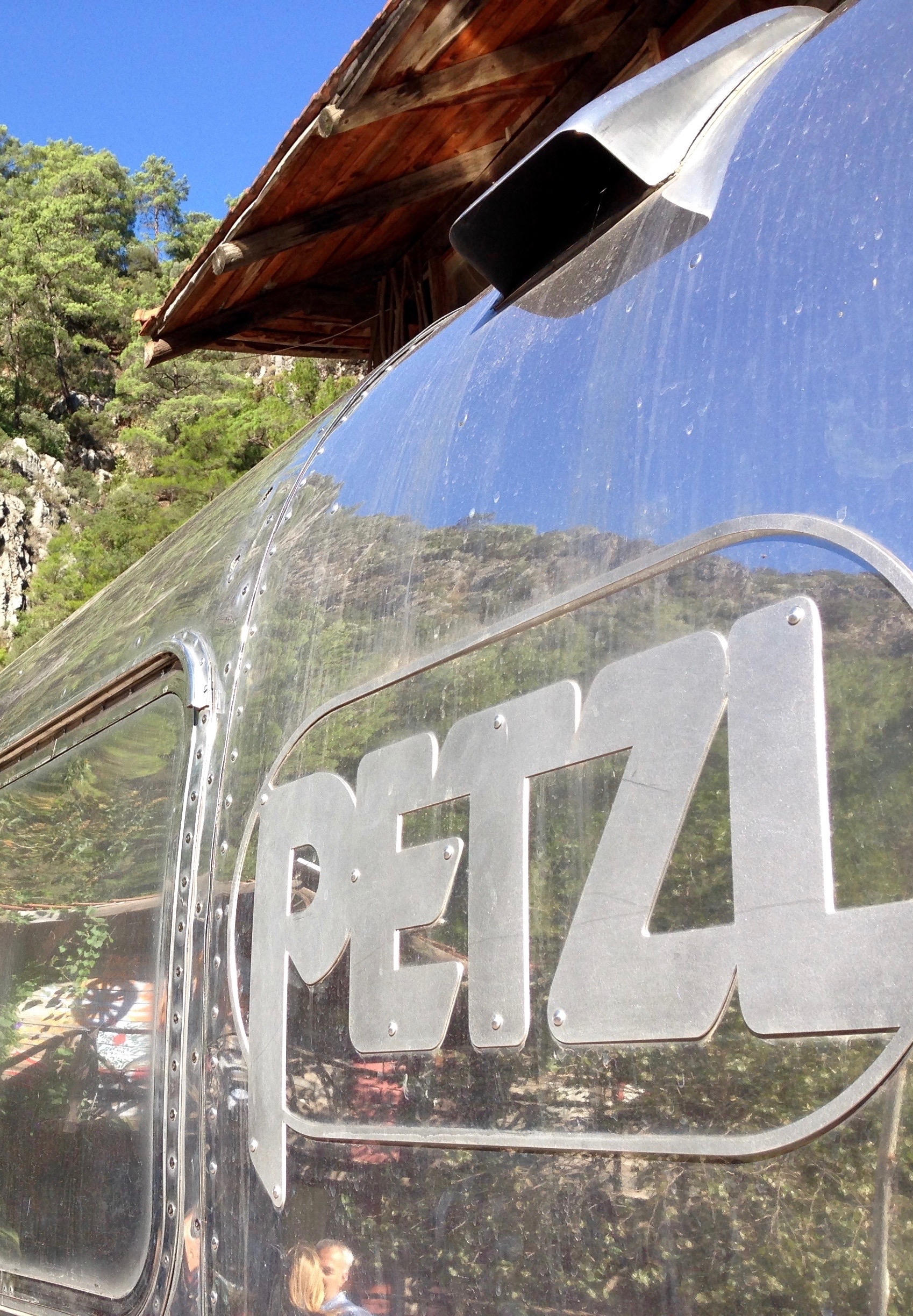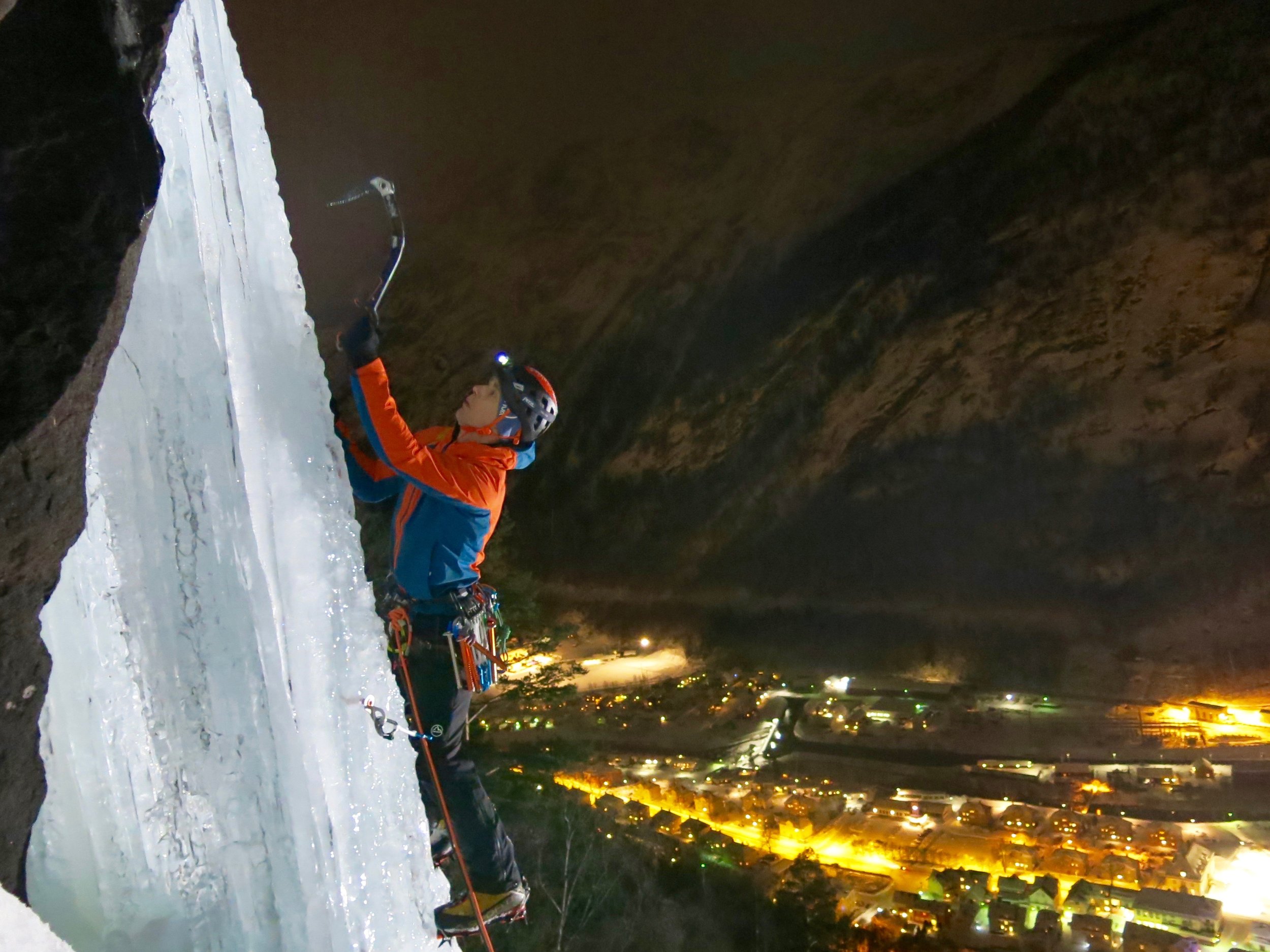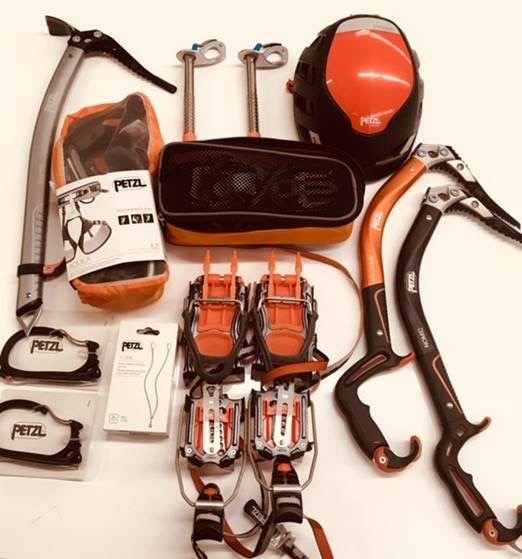Petzl
This section contains edited highlights of my favourite Petzl events and also my equipment choices for rock and ice climbing.
The infamous RocTrip caravan in Turkey.
My Petzl experiences....
Roc Trip – Turkey 2014
It had always been an ambition of mine to attend a Petzl RocTrip and the opportunity finally came in 2014 when Steve McClure, Leah Crane and I joined the rest of the team in Turkey. In keeping with their philosophy of focusing on under-developed climbing areas, the tour started in Romania and Bulgaria but the plan for the final stage was to develop a new ‘super crag’ called Citidbi, which lay near to the popular crags of Geyikbayiri. This imposing gorge had been bolted prior to our arrival and it was pretty inspiring seeing some of the world’s best climbers ransacking the first ascents of huge stamina-fests in the upper F8s. Every night we were treated to delicious, home-cooked traditional cuisine in the communal dining tent, which would be followed by a slideshow or DJ set. The tour finished at a DWS crag in Olympos, although the crescendo was an epic party with Dave Graham and Petzl’s events manager, Laurent Lafouche manning the decks until dawn. It was a truly memorable event and the thing that stood out most was how friendly and down-to-earth all the athletes are. The Roctrips are genuinely about fun and experience rather than performance and Petzl’s philosophy is that climbing unites us and that all climbers are equal.
The mighty Citidbi in Antalya, Turkey. A crag which the Petzl team developed on the RocTrip in 2016.
Slideshow with Nina Caprez at the Petzl Roc sessions at Kendal Mountain Festival, 2016.
KMF is always the highlight of the social calendar for climbers in the UK and I’ve participated in this diverse event many times over the years. The 2016 show was particularly memorable as I spoke alongside fellow Petzl athlete, Nina Caprez, who recounted tales of her incredible ascent of the multi-pitch 8c, Orbayu in the Picos De Europa. It was a good job I went first as Nina's was a difficult act to follow.
GriGri Plus launch at Chris Sharma’s Gym, Barcelona 2017
This fun and informative event was unlike any other that I’ve attended. Sure it was great to set problems for a competition at Chris’s famous wall with the rest of the Petzl international athlete team, but the most interesting part for me was running belaying workshops using a winch system and an 80kg manakin. This proved to be a real eye-opener, and caused even the most experienced to re-assess their belay technique. Ceremonies were concluded with some live jamming from my pal Said Beljaj, who plays a new and unidentifiable instrument every time I see him, and Petzl’s own Laurent Lafouche, who took the roof off with his DJ set in customary style.


























